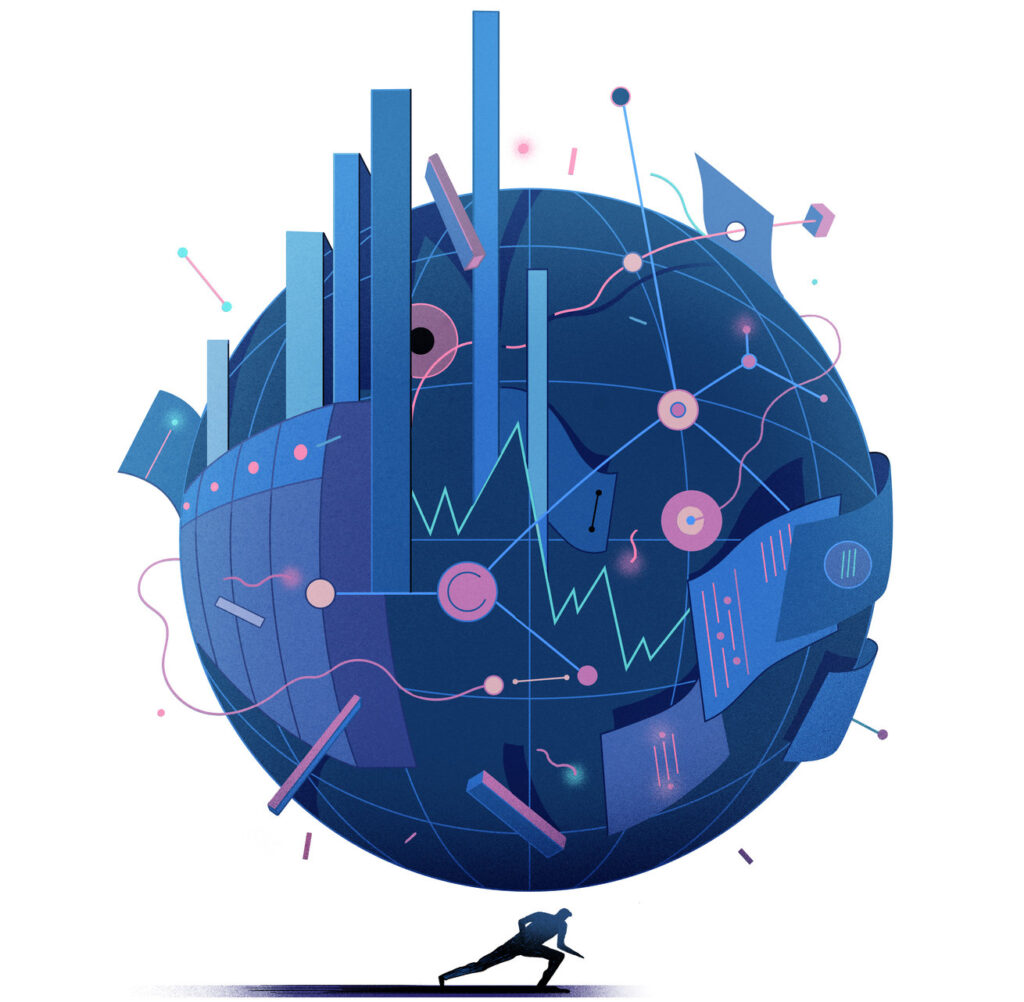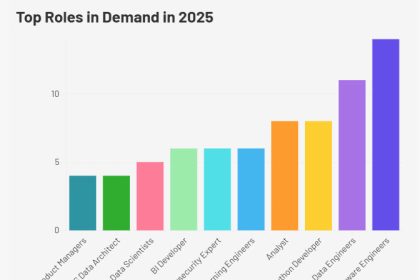Advanced research in the field of artificial intelligence predicts that the emergence of artificial general intelligence (AGI) may take from the next few years to an indefinite period. Meanwhile, economists also disagree about the potential effects of this technology; Some envision a future of ever-increasing productivity, while others believe in more limited progress. However, most experts agree that technological progress, no matter how widespread, is not guaranteed to benefit everyone.
A vision of the future
Despite this, many major AI research and development projects state that ensuring everyone can benefit from this technology is one of their key goals. But trying to ensure that AI helps create an inclusive future is one of the most underinvested areas of AI governance. This situation seems normal considering the current uncertainties; Because the effects of artificial intelligence on work and inequality are not yet clear, making it difficult to design interventions. However, we do know that some key factors will shape the interaction between AI and inequality over the next few decades. Paying attention to these factors can help us to turn the idea that artificial intelligence will benefit everyone from an absurd dream into a reality.
Artificial intelligence is mainly developed and used by the private sector, so it is strongly influenced by the incentive structures in global economies. If we want to have an accurate prediction about these economies, we need to pay attention to their future demographic composition. There are significant differences between high-income countries, whose populations will age rapidly and decline without immigration, and low- and middle-income countries, which will continue to grow until the end of the century due to population growth.

Africa: Beginning Efforts to Regulate Artificial Intelligence
While AI is expanding across the African continent and new policies are being formed, weak digital infrastructure and regulatory barriers could slow adoption. What does this situation have to do with artificial intelligence? The development of artificial intelligence is concentrated in old countries, and this technology follows the specific needs and motivations of those regions. Countries facing a declining working-age-to-retirement ratio must find ways to expand their effective workforce, whether through human or artificial intelligence. Increasing the retirement age is the only limited and unpleasant solution. On the other hand, immigration could also have an effect, but given anti-immigration sentiment, this seems unlikely. If immigration policies in rich countries don’t change, we’re likely to see AI being used to fill labor gaps.
At first glance, this trend may not exacerbate inequality. But if it is accompanied by an unfair distribution of gains and losses, a reduction in salaries and working conditions, and an increase in supervision of workers, it can lead to an increase in inequality. Even if efforts to replace labor with artificial intelligence are successful in rich countries, they may exacerbate international inequality. Low-income countries, especially in the 21st century, need gainful employment, not labor-replacing technology. However, machines designed to compensate for labor shortages in rich countries often spread rapidly to other countries that need more employment.
The use of artificial intelligence for global needs and the need to change course
In such a situation, AI applications designed to save labor may be more developed than more useful applications. For example, developing artificial intelligence to combat climate change, predict natural disasters, or cost-effective personal training may pale in comparison to labor cost-saving projects in the retail, hospitality, and transportation sectors. Governments, development banks, and philanthropic organizations must make broader investments to ensure the applications of artificial intelligence in helping to meet the needs of poorer countries.
But this default path cannot be the final destiny. We can decide to direct more public research and development efforts toward global challenges such as accelerating the transition to green energy and improving educational outcomes. Investing in creating artificial intelligence development centers in low-income countries can help change this direction. If none of these actions are taken, AI will continue to be shaped by restrictive economic incentives and could lead to profound negative consequences not just for poorer countries, but for everyone.
RCO NEWS














